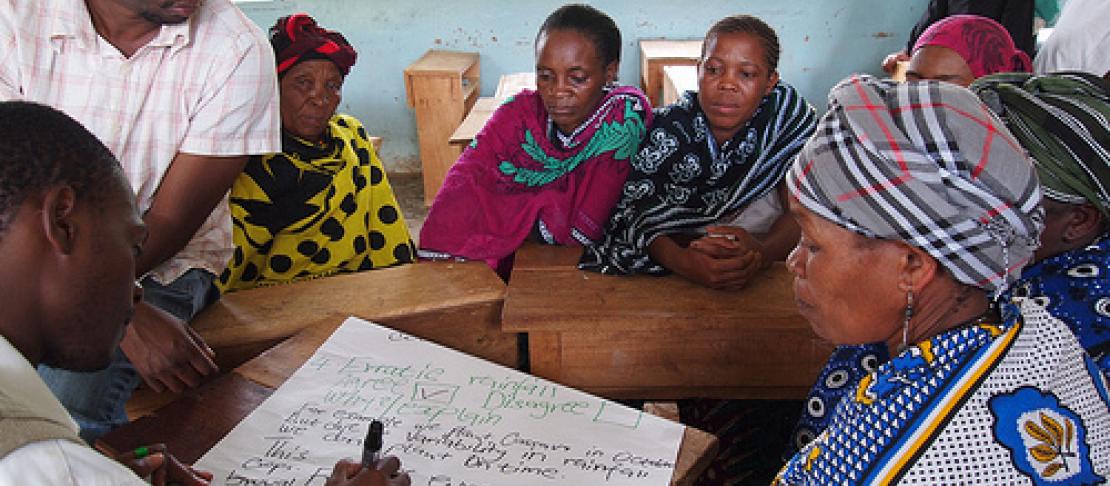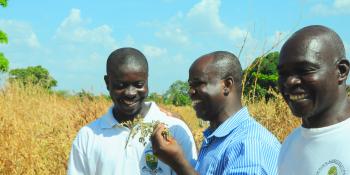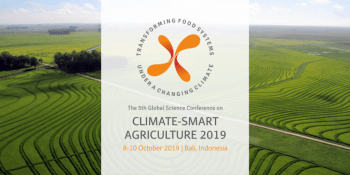Turning research into actions that matter

How do we make sure that the knowledge we create with our research efforts leads to real actions that matter? Actions, that in the end contribute to reducing poverty, now and forever? It turns out that we know a lot about how to do this.
During a special session at the recently held Conference on Climate Smart Agriculture in Davis, California, principles and approaches that can help increase the likelihood that research will influence changes in policies, institutions and technologies were explored. A diverse group of participants from different disciplines joined the session, which focused on three presentations based on the topic ”Linking Knowledge with Action”.
To set the scene for the session, an inspirational video, narrated by food policy leader Lindiwe Sibanda, was shown, which illustrates how learning together can transform agriculture and lives. It was created by a diverse group of scientists working together on a yammer site called the ‘Climate Change and Social Learning’ sandbox, which is in itself a good example of an innovative approach aimed at linking knowledge with action.
If you haven’t already seen it, watch: Transformative Partnerships for a food-secure world
So what are the principles behind successful research projects and programs that have led to transformative change? Patti Kristjanson, Theme Leader on ‘Linking Knowledge with Action’, started with the importance of putting local partners first. "Involving users of the knowledge right from the beginning – from problem definition onwards – is critical," she said.
Inclusiveness is also key. But in order to ensure this, it is crucial that innovative engagement, communications and capacity strengthening strategies and approaches are developed early on. “We need to level the playing field,” she emphasized.
Visuals, videos, games, rural radio projects and theatre are all examples of innovative communications channels and tools that can be used to improve learning, and increase the inclusiveness of a project. Learning alliances, knowledge platforms, participatory action research, and innovation systems approaches all can be used to improve the likelihood that research turns into action.
Communications channels can also help researchers share data and tools more freely, widely and faster, which again is important to ensure that policies and institutions start to change. Read more stories from the special session:
- From field to landscape: Tackling mitigation and livelihoods woth help from farmers
- Gender attitudes and practices investigated in Bangladesh
- "Reaching farmers with climate information is mission possible"
Patti Kristjanson, Theme Leader 'Linking Knowledge with Action'. This research was presented at the Global Science Conference on Climate Smart Agriculture, which took place at the University of California, Davis from 20-22 March 2013. Read more reports from the conference on our blog and on twitter @cgiarclimate using #climatesmart. Story edited by Cecilia Schubert, CCAFS Communications Assistant.



